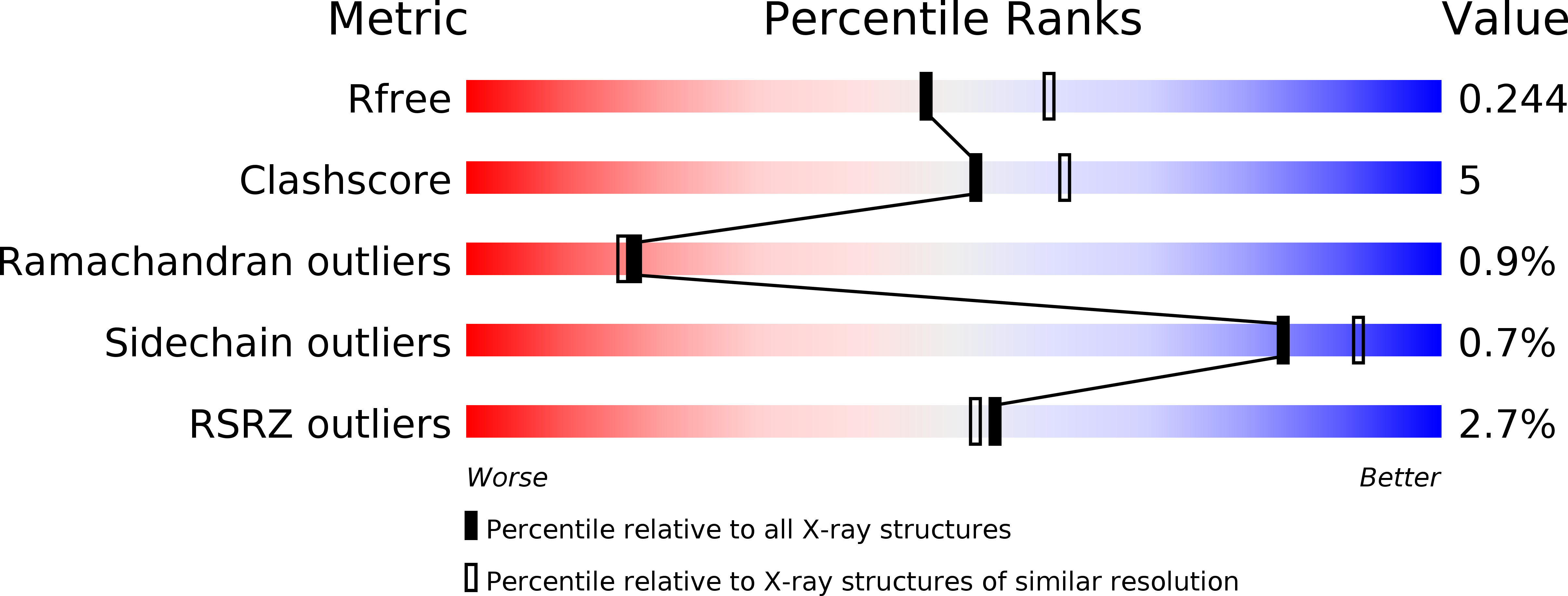
Deposition Date
2019-05-30
Release Date
2019-07-31
Last Version Date
2024-11-13
Entry Detail
PDB ID:
6P5S
Keywords:
Title:
HIPK2 kinase domain bound to CX-4945
Biological Source:
Source Organism:
Homo sapiens (Taxon ID: 9606)
Host Organism:
Method Details:
Experimental Method:
Resolution:
2.19 Å
R-Value Free:
0.23
R-Value Work:
0.19
R-Value Observed:
0.19
Space Group:
P 62


